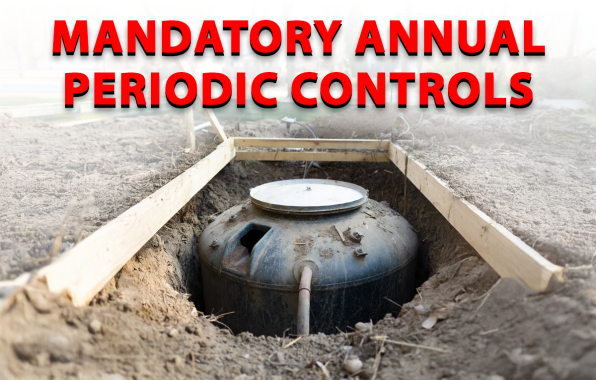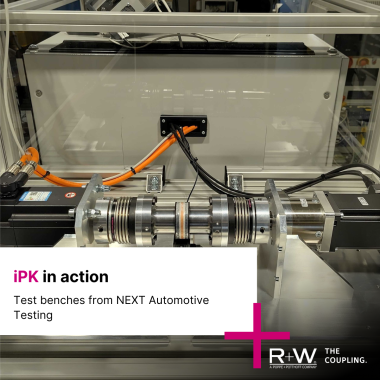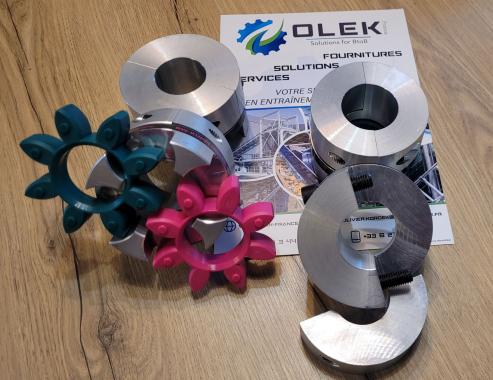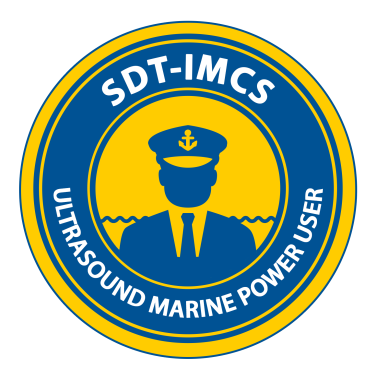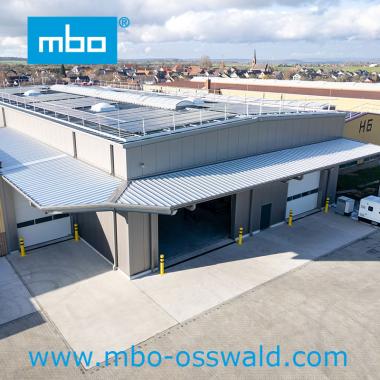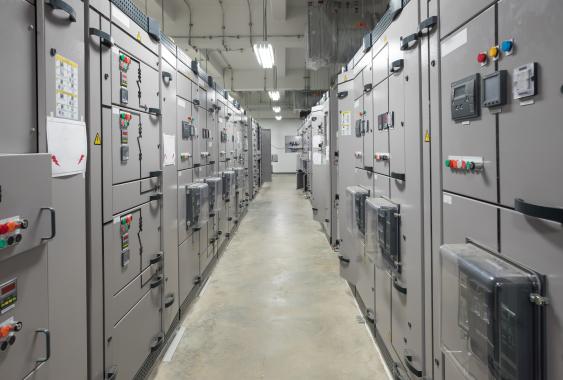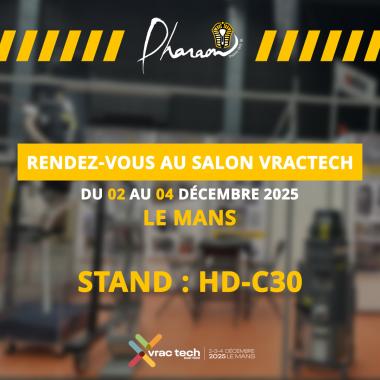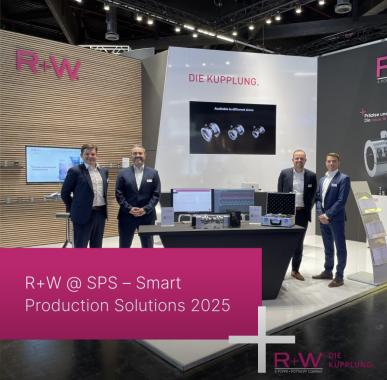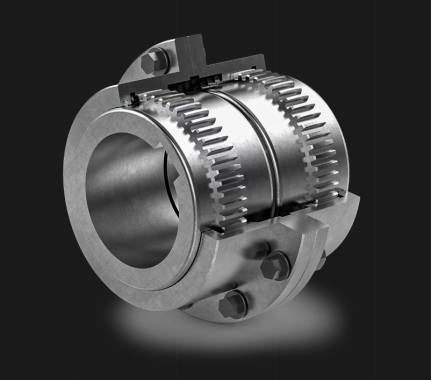Parts cleaning is revolutionizing in the era of Industry 4.0

While the industrial landscape is undergoing profound change, new technologies are emerging and imposing themselves. Advances in miniaturization, electromobility, and manufacturing and coating processes are creating new challenges for cleaning industrial parts and surfaces. At the same time, the awareness linked to the preservation of the environment brings to light new trends in cleaning, both ecological and effective.
It's a fact: industrial sites generate a lot of waste, dust, grease, sludge, etc. throughout the production chain, likely to cause damage to equipment and health risks for operators. Cleaning is therefore a real priority, and is organized in several stages (dust removal, cleaning, vacuuming, degreasing, pickling, disinfection, drying, etc.).
Many health and safety standards
Depending on the industrial sector, the rules and procedures differ. However, there is one constant: the close link between cleaning and safety, two notions that are subject to strict regulations. Professional cleaning companies are also massively involved in procedures to obtain the European eco-label for certification of products and services, and favor the use of cleaning products bearing the NF environment certification. Many are also aiming for ISO 9001 (quality management), ISO 14001 (environmental performance) or Qualipropre certification.
Ecology, a fundamental trend for cleaning
Wet chemical cleaning – the most common technology – still has a bright future ahead of it, especially after machining, in order to remove particulate contaminants when preparing parts and surfaces for coating, welding, tempering or even collage.
However, certified ecological products (according to the ISO 14024 standard), even biodegradable, and methods oriented towards respect for the environment are taking a growing place in the offer of “green” cleaning companies.
Focus on cleaners, detergents and degreasers
Whereas in the past the cleaning of fats and oils was achieved by very high heating, lower temperatures are now sufficient, between 50 and 75°C.
The use of liquid degreasers with low volatile organic compound (VOC) content is also a significant advance.
Manufacturers must prepare for the gradual disappearance of traditional chemicals considered toxic. This transition also involves a new organization: the use of other products to remove grease, dirt and manufacturing debris may require new equipment, supporting cleaning solutions based on water or other solvents. allowed.
Innovative and more natural techniques
Cleaning companies are now adopting a series of new processes. Thus, cryogenics or cleanliness by cold uses the projection of dry ice on a surface. A particularly relevant technique for degreasing machines and machining tools.
On the other hand, acoustic or ultrasonic cleaning is used in handling and storage systems that handle bulk granular or particulate materials, such as grain elevators. This powerful sound wave process repels ash buildup in all sections of the powerhouse. Its use is also recommended for handling systems, storage systems and large equipment parts.
The irradiation of a solid surface by a laser beam constitutes the principle of industrial laser cleaning to eliminate stains or residues such as rust, a thin layer of paint, oxides, oily films, etc. As for plasma cleaning, it is used both to clean surfaces and to prepare them for subsequent treatment (painting, coating, etc.). Another solvent-free process: dry steam, which combines disinfection, decontamination, degreasing and sanitation operations. Finally, hydro-stripping consists of projecting jets of water under very high pressure to strip industrial floors, for example.
Parts cleaning: between flexibility and automation
The parts cleaning industry is already anticipating these emerging needs, by designing more flexible installations. The objective: to treat different types of parts, according to standards of cleanliness and alternative cleaning methods. Concretely, this translates into the installation of more efficient ultrasonic systems, pressure pumps and filtration systems, but also in the adjustment of cleaning parameters, depending on the specific size and geometry of the parts.
Another major development: the integration of sensors and automation in cleaning systems. Indeed, they must be flexible, easy to modify and connected, in order to limit water and energy consumption and be less time-consuming.
In addition to improving the environmental impact of this cleaning, autonomous robots, integrated business software and state-of-the-art communication tools help reduce the difficulty of certain tasks, while improving the quality of service. Plants can now be equipped with sophisticated instrumentation for continuous online monitoring and control or adjustment of cleaning baths, for example.
A major customer in the sector: the automotive industry
The automotive industry is an essential customer of the industrial cleaning sector. For the past few years, the parts cleaning process in the automotive industry has focused on the removal of particles. However, the use of electric motors and fuel cells, currently under development, requires reviewing the cleaning methods used. In addition, current assistance systems, which include a large number of optical sensors, involve many precision cleaning phases. The components and assemblies used must meet the highest standards of cleanliness, both for particles and for contamination films. All this, while maintaining a fully traceable and controllable production process. Manufacturers of industrial cleaning machines must therefore rethink their offers in order to adapt quickly to these new requirements!
Our other news
See allJoin the largest community of industrial suppliers
- Helping you with your ongoing technology watch
- Provide you with detailed supplier statistics
- Give you international visibility
Discover the largest catalogue of industrial products on the market
- To offer you the best catalogue of industrial products on the market
- To guarantee you a 100% secure platform
- Enable you to have live remote exchanges


 Français
Français 